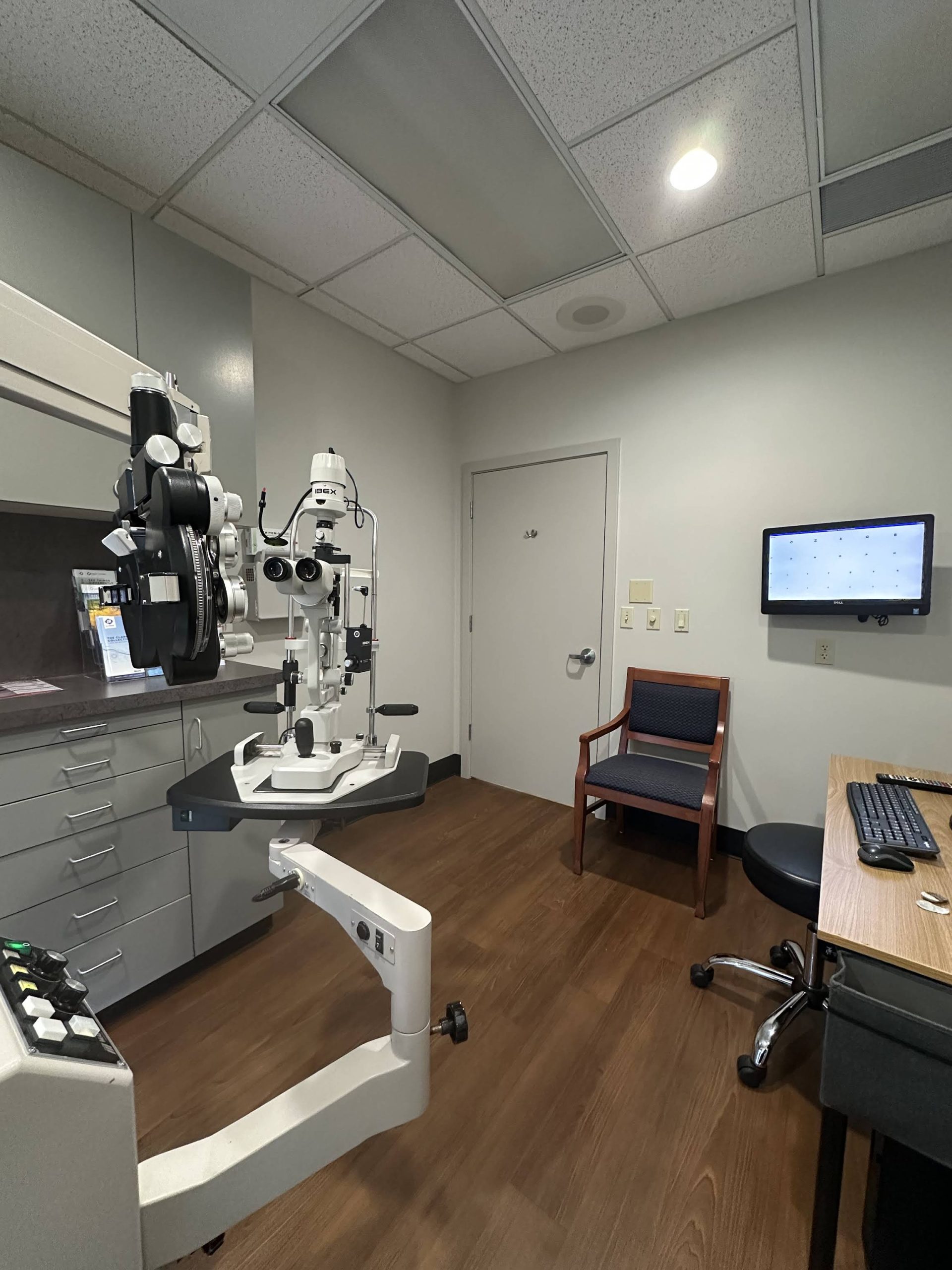 Cataract removal surgery is a common and effective procedure that has transformed the lives of countless individuals suffering from vision impairment due to cataracts. In Redmond, WA, residents have access to advanced surgical techniques and experienced ophthalmologists who specialize in this life-changing treatment. This article explores the essentials of cataract removal surgery, the benefits, and what patients can expect during the process.
Cataract removal surgery is a common and effective procedure that has transformed the lives of countless individuals suffering from vision impairment due to cataracts. In Redmond, WA, residents have access to advanced surgical techniques and experienced ophthalmologists who specialize in this life-changing treatment. This article explores the essentials of cataract removal surgery, the benefits, and what patients can expect during the process.
Understanding Cataracts
Cataracts are a clouding of the eye’s natural lens, which can lead to blurred vision, difficulty seeing at night, and sensitivity to light. They are most commonly associated with aging, but can also result from other factors such as genetics, certain medications, and eye injuries. As cataracts progress, they can significantly impact daily activities, making it essential to seek treatment when symptoms become bothersome. In fact, cataracts are one of the leading causes of vision impairment worldwide, affecting millions of people each year. Awareness and early detection are key in managing this condition effectively, as timely intervention can prevent further deterioration of vision.
Symptoms of Cataracts
Individuals with cataracts may experience a variety of symptoms, including:
- Blurry or cloudy vision
- Difficulty with night vision
- Increased sensitivity to glare
- Fading or yellowing of colors
- Frequent changes in prescription glasses or contact lenses
If these symptoms are present, a comprehensive eye examination by an ophthalmologist is crucial for determining the appropriate course of action. Additionally, some patients might notice that they are unable to see well in bright sunlight or that their vision seems to improve temporarily in dim lighting, which can be misleading. These variations in vision can be particularly frustrating and may lead individuals to delay seeking help, underscoring the importance of regular eye check-ups, especially for those over the age of 60.
When to Consider Surgery
Surgery is typically recommended when cataracts interfere with daily life and activities such as reading, driving, or watching television. It is important to note that cataract surgery is not performed until the cataracts have matured sufficiently to warrant the procedure. An eye care professional can provide guidance on the best timing for surgery based on individual circumstances. The surgery itself is a common and generally safe outpatient procedure, often involving the removal of the cloudy lens and replacement with a clear artificial lens. Recovery times can vary, but many patients report improved vision within days, allowing them to return to their normal routines much sooner than expected. Furthermore, advancements in surgical techniques, such as phacoemulsification, have made the process less invasive and more effective, providing patients with a greater chance of restoring their vision to its optimal state.
The Cataract Removal Procedure
Cataract removal surgery is usually performed on an outpatient basis and typically lasts less than an hour. The procedure involves the removal of the cloudy lens and its replacement with an artificial intraocular lens (IOL). The most common technique used is phacoemulsification, which utilizes ultrasound waves to break up the cataract and suction it out of the eye.
Preoperative Preparation
Before the surgery, patients will undergo a thorough eye examination to assess the extent of the cataract and determine the best type of IOL for their needs. Patients may also be advised to stop taking certain medications and will receive instructions on how to prepare for the day of the surgery.
The Surgical Process
On the day of the surgery, patients will receive local anesthesia to numb the eye, and sedation may also be offered to help them relax. The surgeon will make a small incision in the cornea and insert a tiny probe that emits ultrasound waves to break up the cataract. Once the cataract is removed, the IOL will be inserted through the same incision.
After the procedure, patients are usually able to go home the same day. It’s common to experience some discomfort or mild irritation, but these symptoms typically resolve within a few days.
Recovery and Aftercare
Recovery from cataract surgery is generally quick, with most patients experiencing improved vision within a few days. However, it is essential to follow the surgeon’s aftercare instructions to ensure optimal healing. This may include using prescribed eye drops, avoiding strenuous activities, and attending follow-up appointments.
What to Expect During Recovery
During the first few days post-surgery, patients may notice fluctuations in their vision as the eye heals. It is crucial to avoid rubbing the eye and to wear protective eyewear as directed. Many patients report significant improvements in their vision within a week, but full recovery can take several weeks.
Long-Term Care
Regular eye examinations are vital for maintaining eye health, especially after cataract surgery. These check-ups allow the ophthalmologist to monitor the healing process and address any concerns that may arise. Additionally, patients should be aware of the signs of potential complications, such as increased redness, pain, or changes in vision, and contact their eye care provider if these occur.
Benefits of Cataract Surgery
The benefits of cataract removal surgery extend beyond just improved vision. Many patients report enhanced quality of life and increased independence following the procedure. Here are some key advantages:
Improved Vision
The primary benefit of cataract surgery is the restoration of clear vision. Most patients experience a significant reduction in visual impairment, allowing them to return to activities they may have previously struggled with, such as reading, driving, and enjoying outdoor activities.
Enhanced Quality of Life
With improved vision, patients often find that they can engage more fully in social interactions and hobbies. This newfound clarity can lead to a greater sense of independence and overall well-being, as individuals can participate in activities they love without the limitations imposed by cataracts.
Minimally Invasive Procedure
Cataract surgery is considered one of the safest and most effective surgical procedures available today. The minimally invasive nature of the surgery, coupled with advancements in technology, has led to high success rates and low complication risks. Most patients can return to their normal routines within a short period, making it a convenient option for those seeking relief from cataracts.
Choosing the Right Surgeon in Redmond, WA
When considering cataract surgery, selecting a qualified and experienced surgeon is crucial. In Redmond, WA, there are several reputable ophthalmologists who specialize in cataract removal. Patients should look for a surgeon with a strong track record, positive patient reviews, and a commitment to using the latest surgical techniques and technology.
Questions to Ask During Consultations
During consultations, patients should feel empowered to ask questions to ensure they are comfortable with their choice of surgeon. Some important questions may include:
- What is your experience with cataract surgery?
- What type of intraocular lens do you recommend for my situation?
- What can I expect during the recovery process?
By gathering information and understanding the surgeon’s approach, patients can make informed decisions about their cataract treatment.
Conclusion
Cataract removal surgery is a transformative procedure that can restore vision and improve quality of life for those affected by cataracts. With advanced techniques and skilled surgeons available in Redmond, WA, patients have access to the care they need to regain their sight. By understanding the procedure, preparing adequately, and choosing the right surgeon, individuals can embark on their journey toward clearer vision with confidence.
If you’re ready to take the next step towards crystal-clear vision and enhanced quality of life, Overlake EyeCare is here to guide you through the process. Our commitment to excellence ensures that you receive personalized care tailored to your unique visual needs. Dr. Mary Coday and our team utilize the latest intraocular lens technology to provide you with the best possible outcome for your cataract surgery. Don’t let cataracts hold you back any longer. Contact Us Today to schedule your comprehensive surgical consultation and embark on the path to restored vision.

